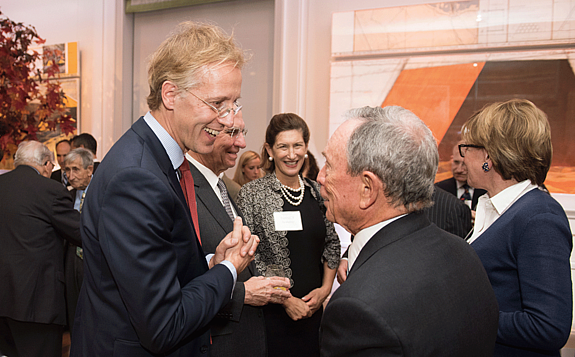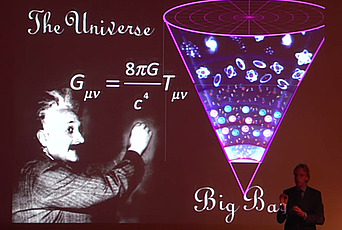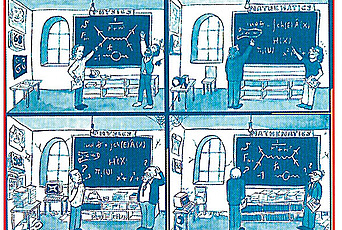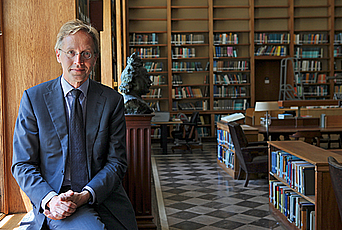A Celebration of Freedom, Vision, Talent, and Support

Eighty-five years ago the founders of the Institute had a very clear vision: to create a place unique in the world, that would attract scholars of the highest quality from all over the world and provide them with the best environment to pursue their studies. The idea was to set those scholars free and imagine that with the right support they would do great things. With the Campaign for the Institute that we are now finishing, that mission has been reinforced in a powerful way. The fact that our message is resonating with all of you, and that you are willing to support it, is to me the strongest evidence that we are still doing the right thing.
Since the Institute’s establishment, its independence and excellence have been almost fully reliant on philanthropy. Unlike universities, IAS has neither tuition nor intellectual property income. The $212 million that we have raised in this Campaign strengthens our financial core and ensures the development of new lines of inquiry and vital fields of thought. It is important to emphasize that the essential role of the Institute, which is providing freedom for scholars, can only be achieved because of our independence.
I often say the Institute is totally unique in its kind. But I think it was Jim Simons who told me, “You have to be careful with that word, because these days everything is declared to be unique. Unique means there is only one.” And that’s absolutely true for the Institute. As somebody said when I tried to explain how we function, “Well you can stop there, because the number of institutions like this is either zero or one.” I feel it is our mission to keep it one. I am very happy that you all joined this effort.
What is the magic of the Institute? A hundred years ago, Einstein thought of his general theory of relativity––a new way to think about space and time and gravity. I think actually gravity is also the mysterious ingredient of the Institute: it is the attraction of talent, the pull of great ideas. I know of no place that’s more intense, and yet has fewer rules and fewer excuses to not do great work. I know of no place that listens more carefully to the voice of scholarship and the needs of the individual.
Indeed, the Institute operates on a human scale. So I would like to say it is all about people, but it’s not. I want to recognize that it is about something bigger that you are all part of: an institution that transcends generations, a belief in the capacity of individuals to change the world, to probe deeper than anybody else, to veer off the beaten path, to exemplify what scholarship stands for, and do so in a real community of scholars.
Now, these days it is difficult to be optimistic about the world of scholarship. We see a lot of perverse effects: short-term thinking, regression to the mean, the tyranny of metrics and goal-oriented research. But it is very easy to be optimistic about the Institute, because all of that actually means that our role—going against the grain, swimming as far upstream as we can, and being a forceful advocate for basic research—is more important than ever. Never before has there been such a wealth of talents, of ideas, of unsolved questions, and goodwill to support institutions of excellence. We hope you will continue to support us in this most rewarding adventure.
The Institute celebrated the successful completion of the Campaign for the Institute on October 29 with an event hosted at Bloomberg Philanthropies by Michael Bloomberg, former Mayor of New York City and former Institute Trustee (1995–2001). The event was attended by major donors to the Campaign, including Trustee leaders James and Marilyn Simons and Charles and Lisa Simonyi, who provided an extraordinary $100 million challenge grant, and Trustee David Rubenstein, who donated $20 million to build the new Rubenstein Commons. A total $212 million was raised from more than 1,600 former Members, Friends of the Institute, foundations, Faculty, and Staff. Robbert Dijkgraaf, Director and Leon Levy Professor, gave the above remarks.


